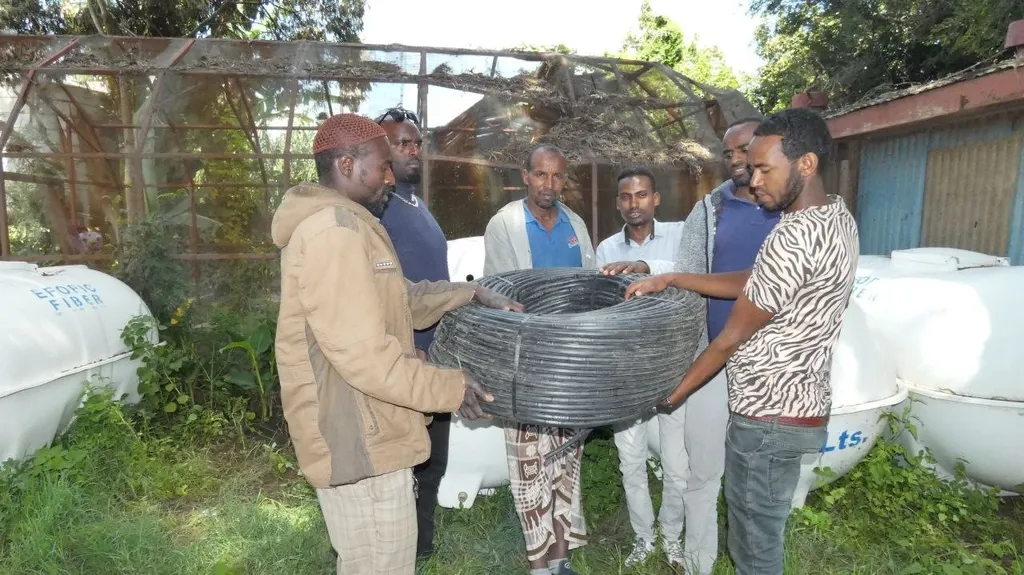In the heart of Ethiopia, Lake Haramaya stands as a testament to both the challenges and opportunities facing watershed management in the era of climate change. A recent study published in *Nova Geodesia* (which translates to “New Geodesy”) sheds light on the critical state of this vital water body and outlines a roadmap for its restoration. Led by Eliyas Abdi Ali from Haramaya University’s College of Agriculture and Environmental Sciences, the research employs the Drivers Pressures State Impact Response (DPSIR) framework to dissect the complex interplay of factors threatening Lake Haramaya.
The lake’s degradation is a multifaceted issue, stemming from climate variability, human activities, and shifting land use patterns. “The lake has been a lifeline for local communities, but unsustainable practices and environmental changes have pushed it to the brink,” explains Ali. The study highlights that while recent restoration efforts have shown promise, significant challenges remain, including siltation, water pollution, and unregulated land use.
The research advocates for an integrated approach to restoration, emphasizing ecological rehabilitation, management, and protection. Key strategies include afforestation, erosion control, and land-use planning. Notably, the study underscores the importance of community engagement and the integration of traditional knowledge in ensuring long-term conservation. “Local communities are not just stakeholders but active participants in the restoration process,” Ali asserts. “Their involvement is crucial for the success and sustainability of any intervention.”
For the energy sector, the implications are profound. Water bodies like Lake Haramaya are not only essential for agriculture and livelihoods but also play a pivotal role in hydropower generation, a critical component of Ethiopia’s energy mix. The degradation of such water bodies can lead to reduced water availability and quality, directly impacting energy production. Conversely, successful restoration can enhance water security, ensuring a stable supply for hydropower plants.
The study calls for advanced hydrological modeling, climate-smart agricultural practices, and strengthened policy enforcement to safeguard the lake’s future. Expanding wetland monitoring programs using remote sensing and geospatial technologies can enhance early detection of environmental changes, allowing for timely interventions. “We need a multi-pronged approach that combines technology, policy, and community engagement,” Ali notes.
Moreover, fostering cross-sectoral collaboration among governmental bodies, research institutions, and local communities can improve resource governance and ecological resilience. A robust legal framework is also essential to regulate land use and water extraction, preventing further degradation.
The research published in *Nova Geodesia* serves as a wake-up call and a beacon of hope. It underscores the urgent need for sustainable management practices and highlights the potential of integrated restoration approaches. As the world grapples with the impacts of climate change, the lessons from Lake Haramaya offer valuable insights for similar watersheds globally. The study’s findings could shape future developments in the field, promoting resilience and sustainability in the face of environmental challenges.

